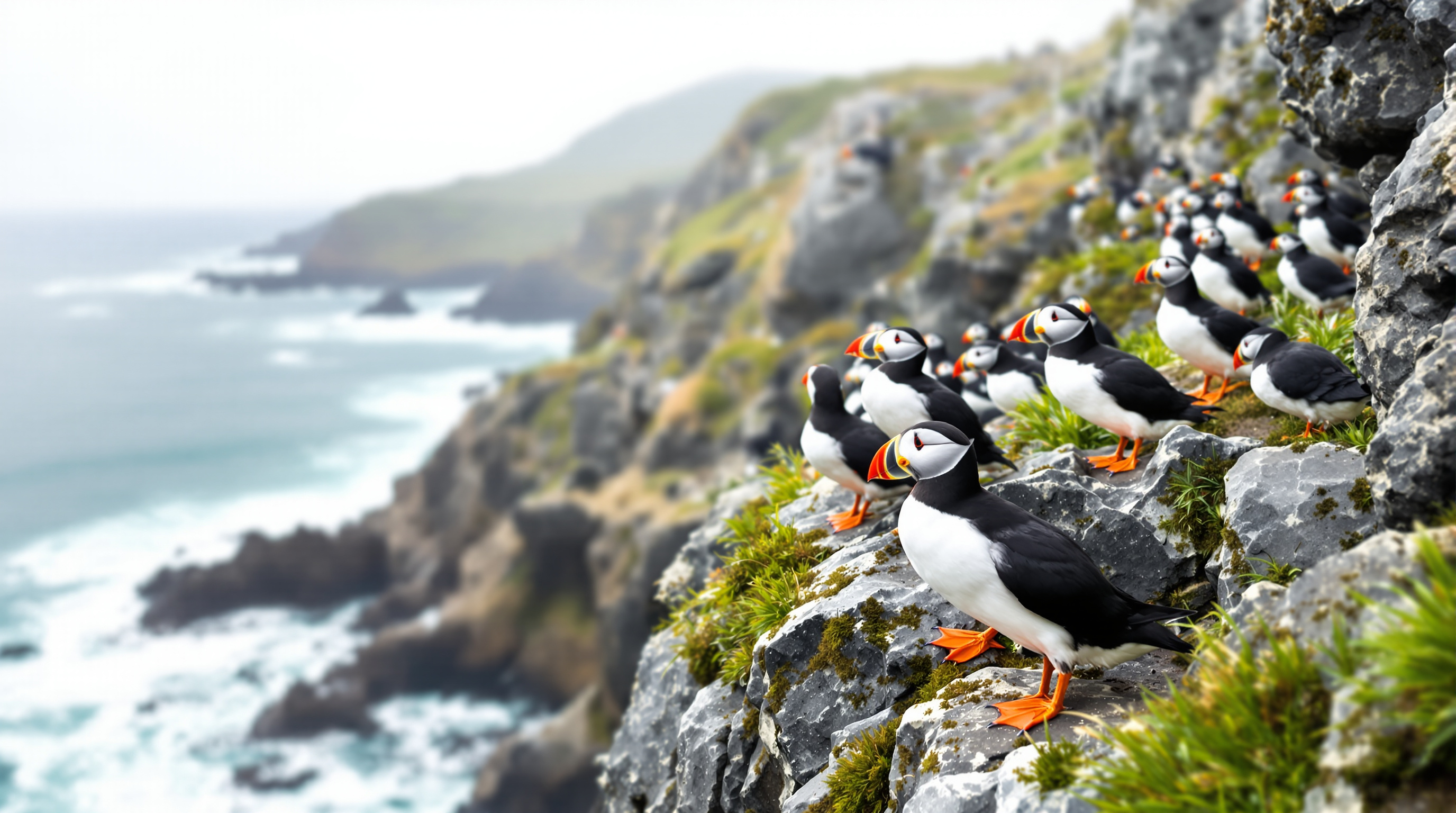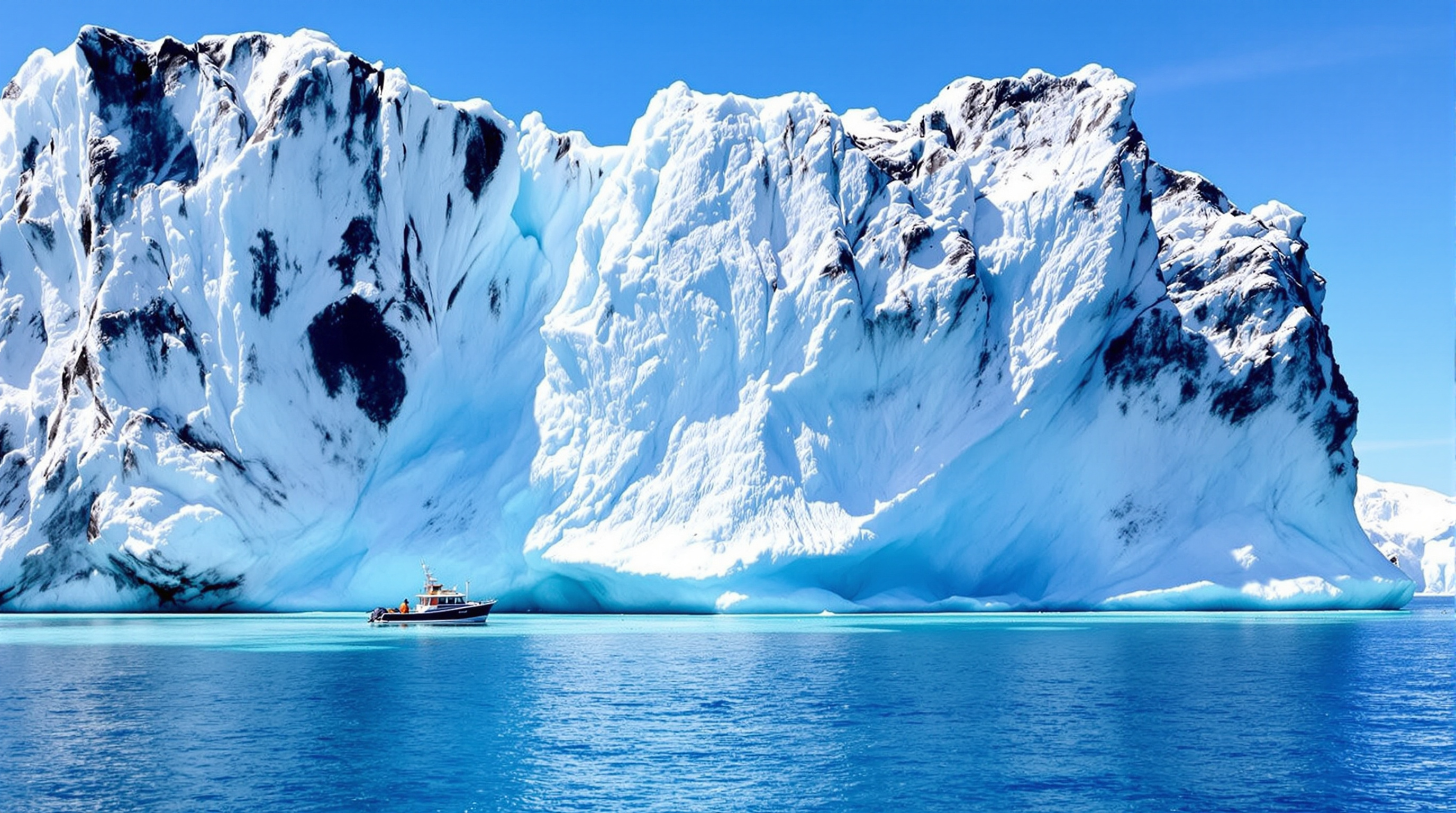Central Region E Book
Central Newfoundland encompasses a diverse landscape of coastal bays, inland forests, historic communities, and significant Indigenous heritage sites. This region includes Gander, famous for its aviation history and post-9/11 hospitality, the scenic islands of Notre Dame Bay, and Twillingate, known as the "Iceberg Capital of the World." Our Central Region guide helps you discover both natural wonders and compelling human stories.
Gander - Aviation Crossroads
Gander occupies a unique place in aviation history as a crucial refueling stop for transatlantic flights before modern long-range aircraft. The North Atlantic Aviation Museum showcases this heritage through exhibits featuring aircraft, artifacts, and stories from the golden age of aviation. The museum's collection includes a Lockheed Hudson bomber, a Beechcraft 18, and extensive displays about Gander's role during World War II.
Gander gained international recognition following September 11, 2001, when the town of fewer than 10,000 residents welcomed nearly 7,000 stranded airline passengers after U.S. airspace closed. This remarkable story of hospitality inspired the hit Broadway musical "Come From Away." According to the Town of Gander, visitors can take self-guided tours highlighting locations featured in the musical and learn about this extraordinary moment in the community's history.

Twillingate and Iceberg Alley
Twillingate, connected to the mainland by causeway, sits at the heart of Iceberg Alley where massive ice formations drift south from Greenland's glaciers. From May through early July, icebergs of all sizes float past the coastline, offering spectacular viewing opportunities. Some bergs tower ten stories above the water, with 90% of their mass hidden beneath the surface.
The Long Point Lighthouse provides panoramic views of the North Atlantic and iceberg watching opportunities from its clifftop perch. Boat tours allow closer encounters with icebergs, along with whale watching and bird watching. Tour operators navigate safely around the bergs, offering unique perspectives and photo opportunities. Some tours even collect small ice fragments for visitors to taste 10,000-year-old glacial water.
Notre Dame Bay and Islands
Notre Dame Bay's intricate coastline encompasses numerous islands, each with its own character and history. Fogo Island, accessible by ferry, has gained international recognition for its innovative tourism model. The architectural striking Fogo Island Inn showcases contemporary design while supporting local culture and economy. The island's communities maintain traditional fishing practices alongside growing arts and cultural initiatives.
Change Islands, smaller and less developed, offers a quieter experience with hiking trails, historic sites, and traditional outport atmosphere. The islands feature unique geological formations, seabird colonies, and opportunities to experience authentic island life. Summer festivals celebrate local culture, music, and crafts.
Indigenous Heritage
Central Newfoundland contains significant sites related to the Beothuk people, Newfoundland's Indigenous inhabitants who became extinct in the early 19th century. The Mary March Provincial Museum in Grand Falls-Windsor presents Beothuk history, culture, and artifacts. The museum explores the tragic impact of European colonization on this hunting and fishing people who had inhabited the island for thousands of years.
Archaeological sites around Red Indian Lake and the Exploits River area provide evidence of Beothuk seasonal camps and way of life. Interpretive programs and displays help visitors understand this lost culture and reflect on its significance in Newfoundland's history.
Accommodations and Services
Central Newfoundland offers diverse accommodation options from full-service hotels in Gander and Grand Falls-Windsor to intimate bed and breakfasts in coastal communities. Twillingate features heritage inns and ocean-view properties ideal for iceberg season visitors. Island accommodations range from the luxurious Fogo Island Inn to cozy cottage rentals and traditional bed and breakfasts.
The region's larger towns provide all necessary services including grocery stores, gas stations, medical facilities, and restaurants. Smaller coastal communities offer basic amenities and authentic experiences. Advance booking is essential during peak iceberg season in late May and June.
Outdoor Activities
Central Newfoundland's outdoor opportunities include coastal and forest hiking trails, sea kayaking in protected bays, fishing in lakes and rivers, and wildlife viewing. The coastline attracts numerous whale species during summer months, particularly around Twillingate and the outer islands. Humpback whales, minke whales, and fin whales frequently feed close to shore.
Bird watchers find excellent opportunities along the coast and on islands, with Atlantic puffins, common murres, razorbills, and numerous other seabird species nesting on cliffs and islands. The varied landscape supports diverse bird populations including forest species, waterfowl, and shorebirds.
Local Culture and Events
Central Newfoundland communities maintain strong traditions of music, storytelling, and crafts. Summer festivals celebrate local heritage, including the Fish, Fun and Folk Festival in Twillingate, which combines seafood, music, and cultural activities. Traditional music sessions occur regularly in community halls and pubs.
Local artisans produce distinctive crafts including hooked rugs depicting Newfoundland scenes, knitted goods, woodcarving, and paintings. Several galleries and studios welcome visitors to see artists at work and purchase original pieces. Traditional boat building continues in some communities, preserving skills passed through generations.
